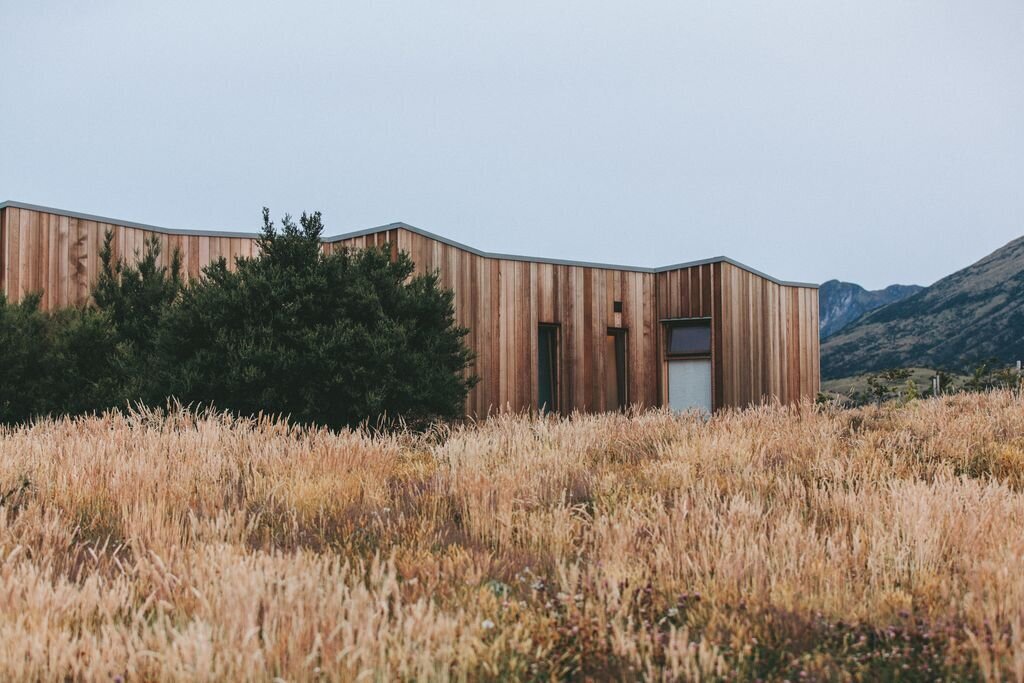This is Rattlesnake Country!
Arizona, and CRIT especially, is home to roughly thirteen species of rattlesnake! Bites from these animals can lead to hospitalization and worse, and they have a knack for getting into places we’d least expect them to be.
As the weather get’s warming into the year, we will see this amazing creatures come out of hiding and become more active.
So read careful along to ensure that this summer is safe for both you and the snakes!

Rattlesnake safety guide!
Generally not aggressive, rattlesnakes strike when threatened or deliberately provoked, but given room they will retreat. Most snake bites occur when a rattlesnake is handled or accidentally touched by someone walking or climbing. The majority of snakebites occur on the hands, feet and ankles.
Rattlesnakes usually avoid humans, but about 8,000 people are bitten by venomous snakes in the United States each year, with 10 to 15 deaths, according to the U.S. Food and Drug Administration. The most common venomous snake in Arizona is the Western Diamondback Rattlesnake.
Read through the list of precautions below carefully to keep yourself and the snake safe!
If you find a snake in your home, call CRIT Fish and Game to have it removed.
Wear appropriate over-the-ankle hiking boots, thick socks, and loose-fitting long pants. Never go barefoot or wear sandals when walking through wild areas.
When hiking, stick to well-used trails if possible.
Avoid tall grass, weeds and heavy underbrush where snakes may hide during the day.
Look at your feet to watch where you step and do not put your foot in or near a crevice where you cannot see.
Do not step or put your hands where you cannot see, and avoid wandering around in the dark.
If a fallen tree or large rock is in your path, step up on to it instead of over it, as there might be a snake on the other side.
Be especially careful when climbing rocks or gathering firewood. Also take care when moving overturned buckets, or working in cluttered garages, attics, closets and crawlspaces.
Check out stumps or logs before sitting down, and shake out sleeping bags before use.
Do not turn over rocks or logs. If you must move a rock, log, bucket or something similar use gloves and roll it toward you, giving anything beneath it the opportunity to escape in the opposite direction.
Never grab “sticks” or “branches” while swimming in lakes and rivers. Rattlesnakes can swim.
Avoid approaching any snake you cannot positively identify as a safe species.
If you hear the warning rattle, move away from the area and do not make sudden or threatening movements in the direction of the snake
Remember rattlesnakes do not always rattle before they strike!
Do not handle a freshly killed snake - it can still inject venom.
If you are bitten, remain calm and
CALL 911 IMMEDIATELY

THIS IS THEIR HOME TOO
Although a bite can lead to serious injury, rattlesnake and other species generally avoid contact with humans. They are an important part of the ecosystem and an unsung hero of pest control. A single rattlesnake can eat up to 192 mice a year, preventing the spread of disease and keeping our environment healthy. We know it can be scary to share space with these animals, but we encourage everyone to stay alert and treat all wildlife with respect and caution.
If you’d like to learn more about rattlesnakes and more of Arizona’s scaly friends, then check out the Phoenix Herpetological Society. They have tons of information, volunteers, and even host public classes in how to live with, removed, and even handle venomous reptiles like rattlesnakes!



